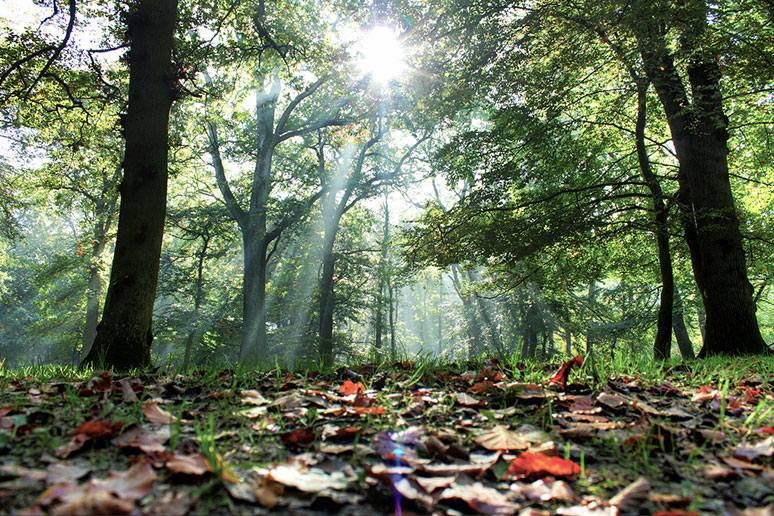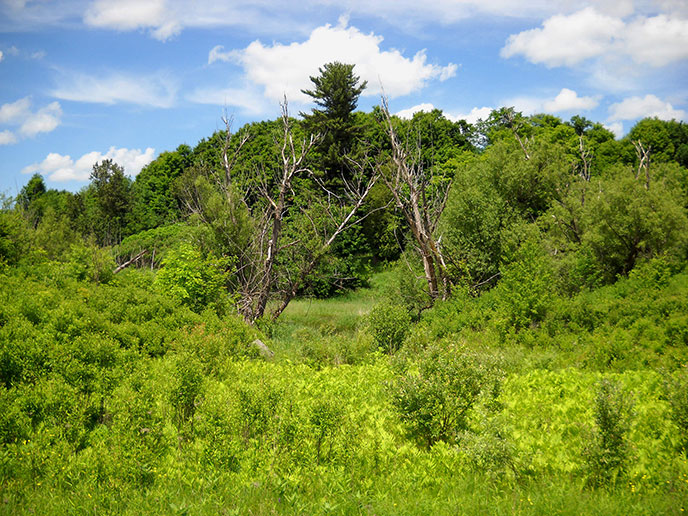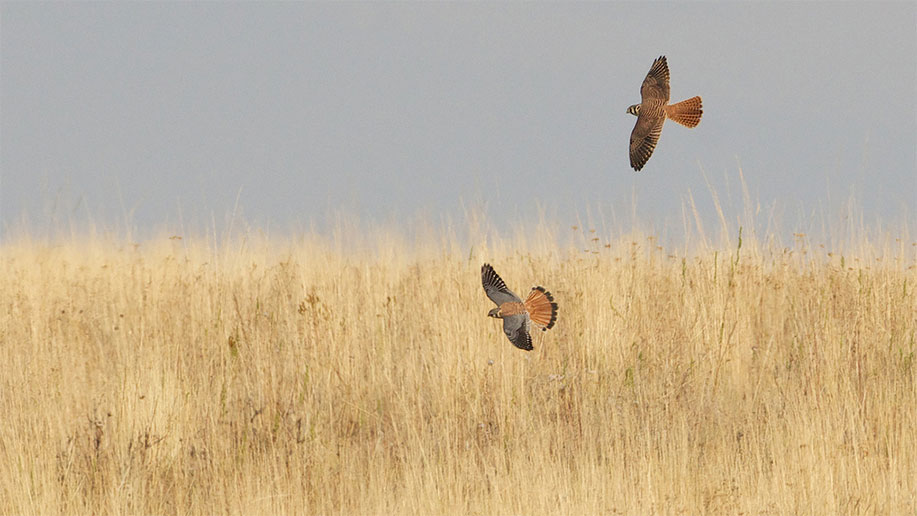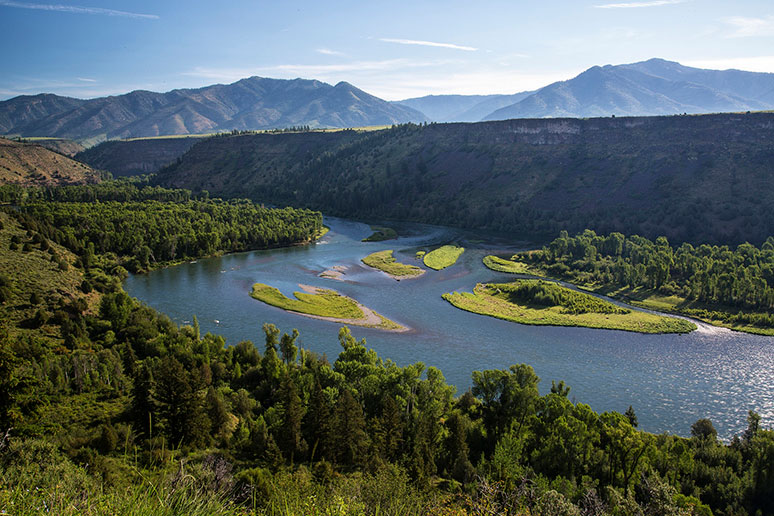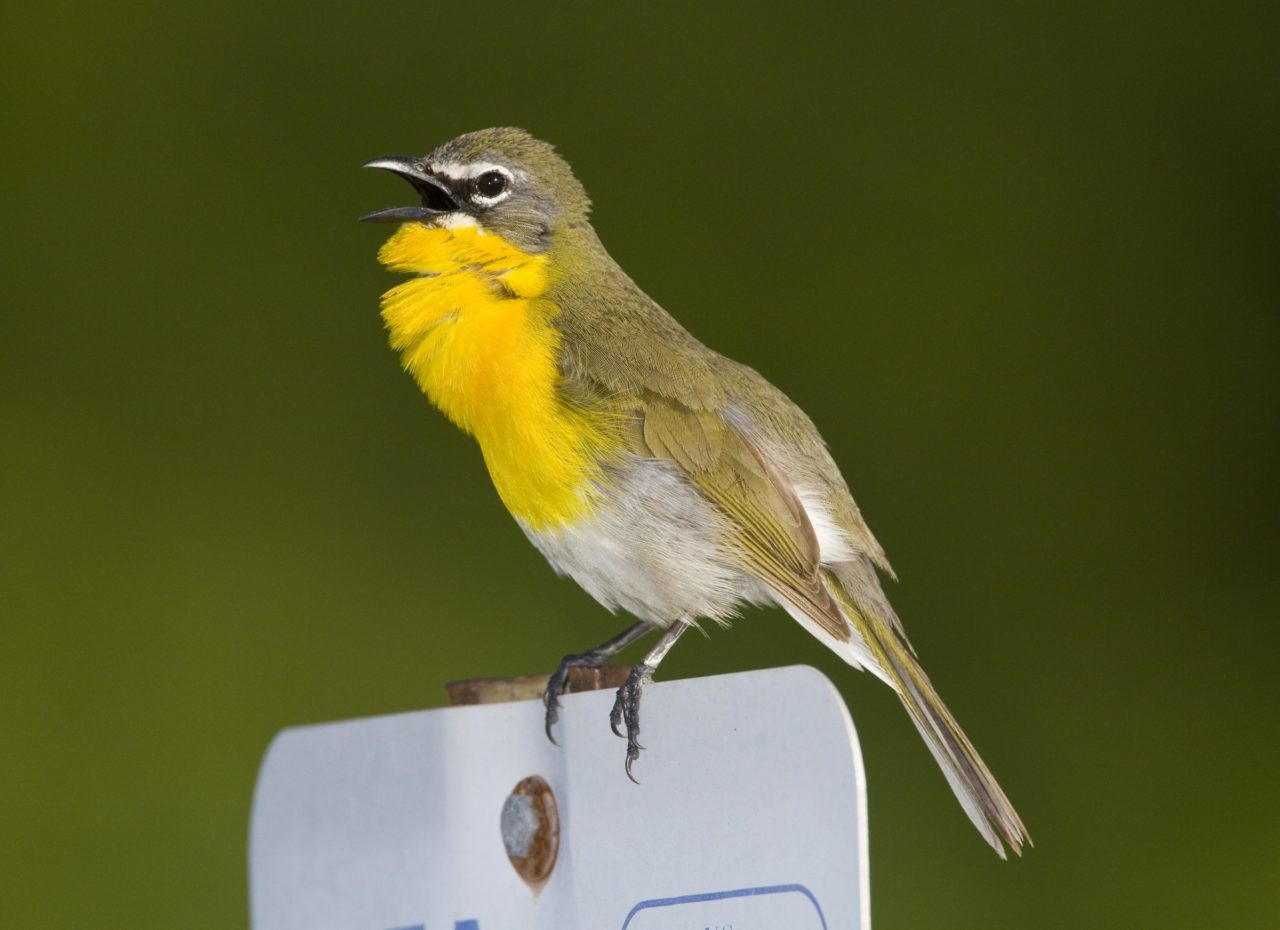Best Management Practices and management guides describe ideal management approaches, based on known science. When followed, land trusts are more likely to effectively create or maintain appropriate habitat for a suite of bird species and, often, other wildlife. This list was originally generated by Partners in Flight, a cooperative partnership dedicated to achieving greater success in conserving bird populations.
These resources are categorized by broad ecosystem type such as those listed below. We will update the list with new information as it becomes available.
 Forestland Ecosystem Guide
Forestland Ecosystem GuideGuides in this section are representative of landscapes or natural woodland systems dominated by trees and other woody plants where tree cover typically ranges from 25% – 100% cover.
 Shrubland Ecosystem Guide
Shrubland Ecosystem GuideGuides in this section are representative of landscapes dominated by mostly woody shrub species, often mixed with forbs and grasses.
 Grassland Ecosystem Guide
Grassland Ecosystem GuideGuides in this section are representative of landscapes dominated by grasses and other herbaceous species. Tree and shrub cover is typically less than 10%.
 Riparian Ecosystem Guide
Riparian Ecosystem GuideGuides in this section are representative of landscapes consisting of plant communities contiguous to waterways or bodies of water with visible vegetation or physical characteristics that reflect permanent water. They are typically transitional zones between wetland and upland habitats.
 Multiple Species, Habitats and Miscellaneous Guides
Multiple Species, Habitats and Miscellaneous GuidesThis section represents miscellaneous guides, such as managing for farmland or multiple species, which could not be categorized by our chosen habitat types.

